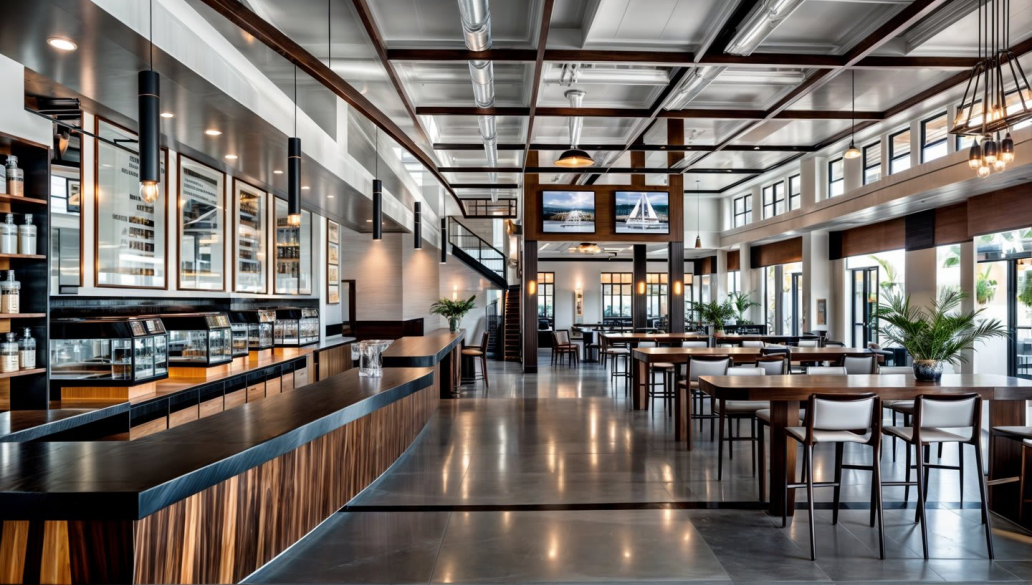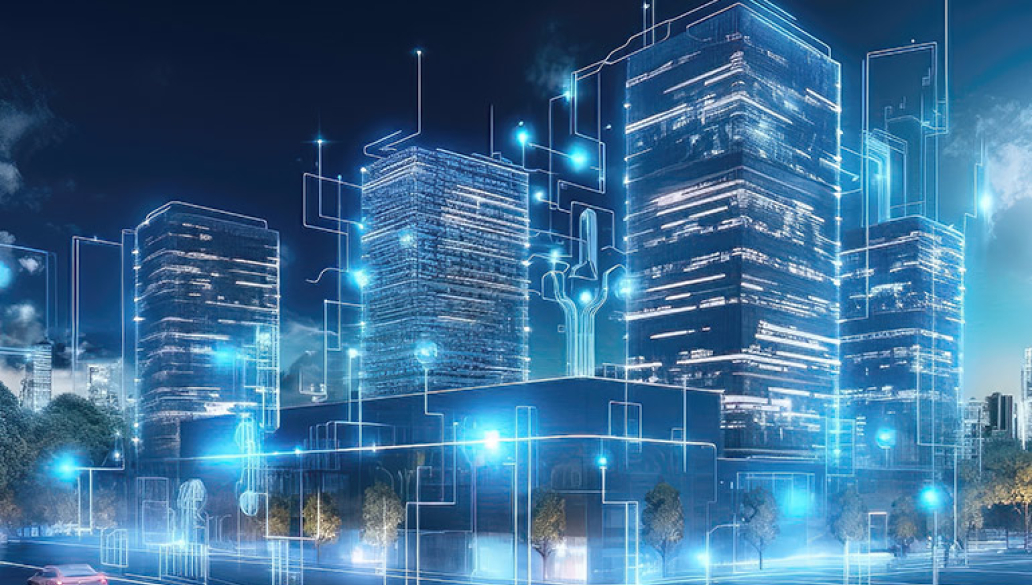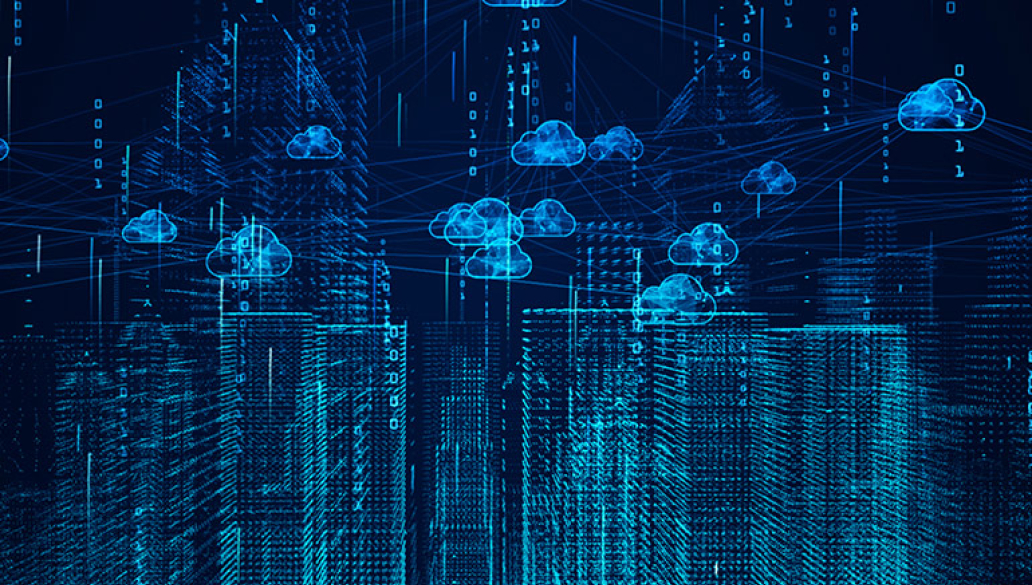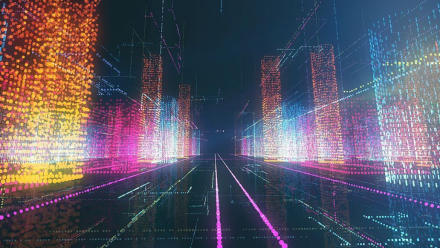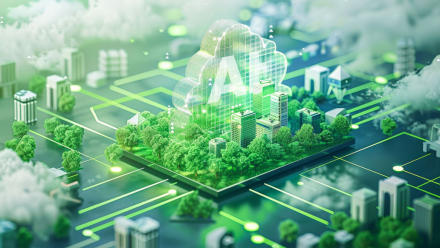
What is Nemetschek’s position in this AI transformation?
At Nemetschek, we maintain our status as a forerunner in AEC/O software by taking one step further to leverage AI as an accelerant to growth, internally and externally with human-centricity, ethics, trust and sustainability at the core. When we bring our entire Group products to our clients with the augmentative power of AI, we become trusted partners. We can provide holistic solutions that can be used across our brands to enable our clients to have a competitive advantage, and in our rapidly changing world and industry, no one can afford to stand still.
What power does AI hold in AEC/O industry?
AI is revolutionizing the construction industry by enhancing data analysis accuracy, enabling more effective strategies, and increasing overall efficiency and competitiveness. When fully integrated into the construction process, AI can automate systems, complement BIM and management platforms, and transform building design and operations. This seamless integration is reshaping the industry, ushering in a new era of innovation. Key AI technologies such as Machine Learning, Deep Learning, and Generative AI are already making an impact—optimizing energy use in intelligent building systems, enabling predictive maintenance, detecting defects, and even automating the creation of architectural designs.

